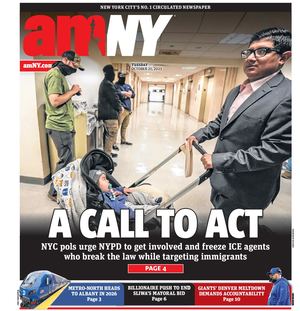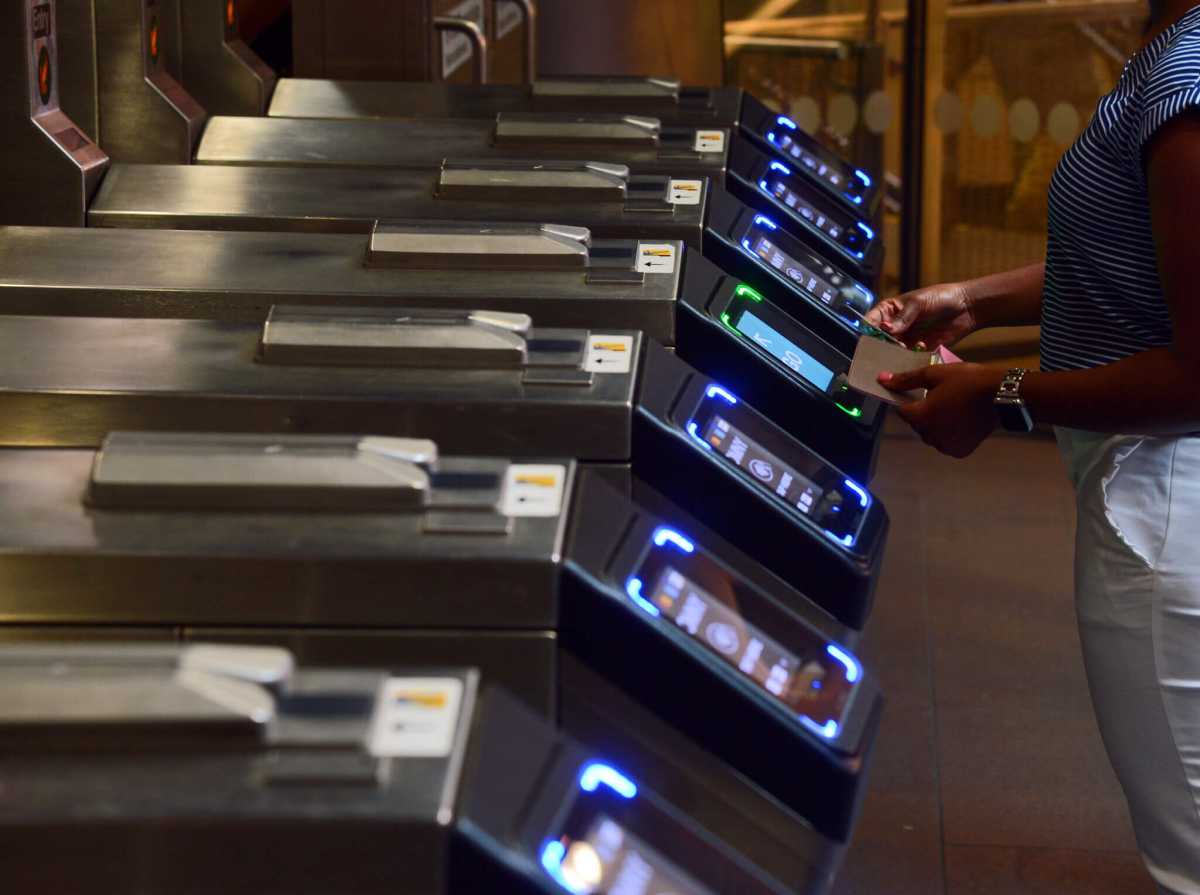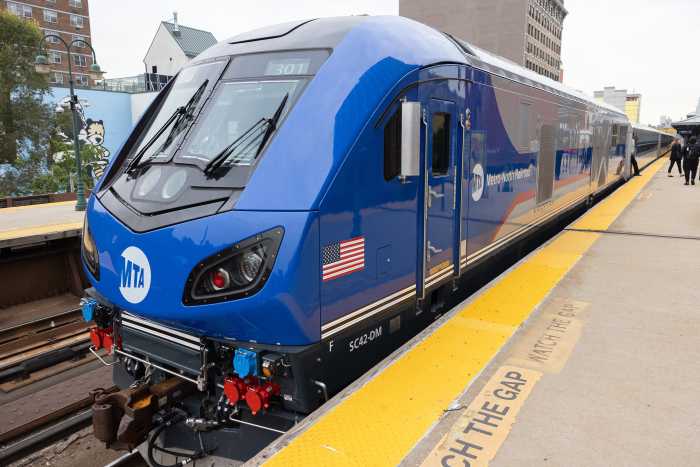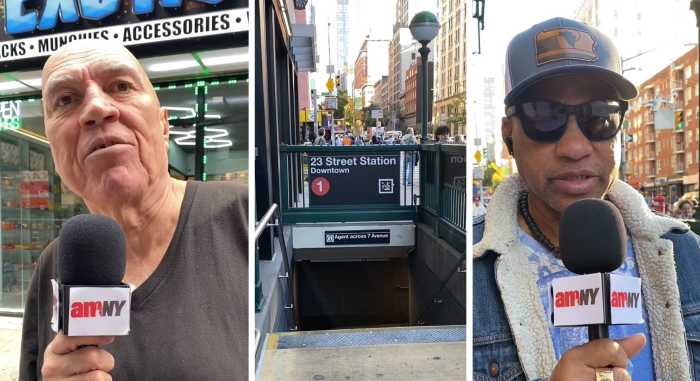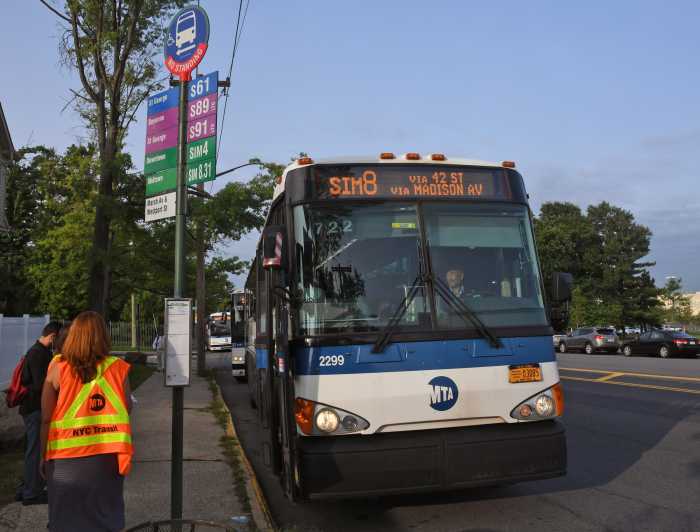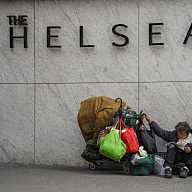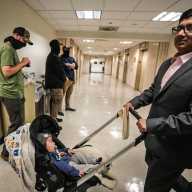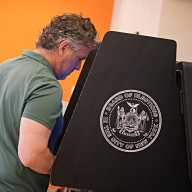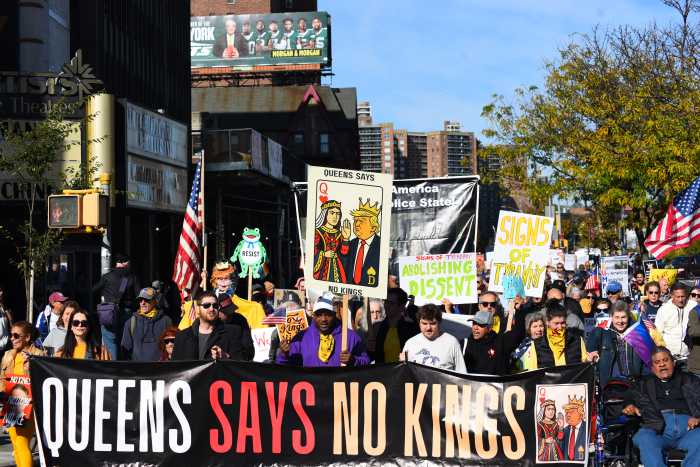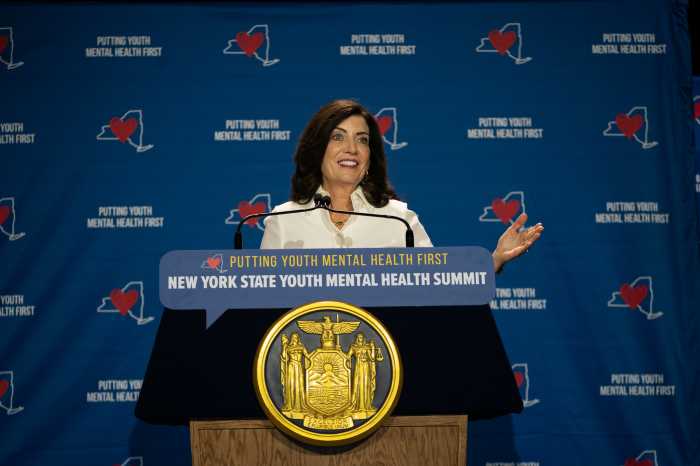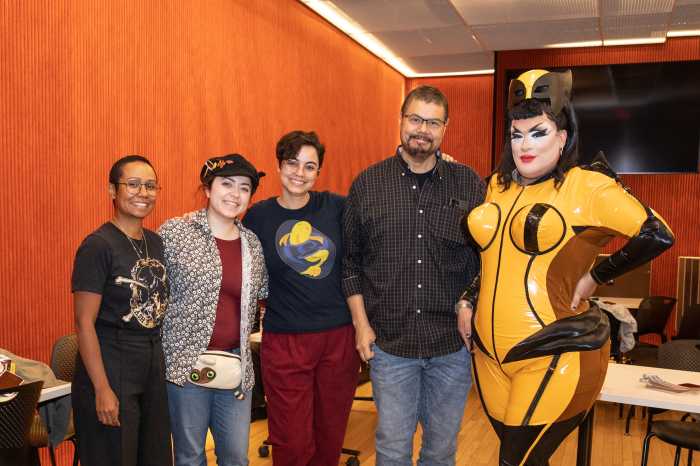New Yorkers will now be able to apply for reduced transit fares using an IDNYC municipal identification card, potentially opening up half-price fares for scores of low-income and immigrant New Yorkers, the MTA announced on Thursday.
The announcement means those with an IDNYC — which is available to anyone over 10 years of age who supplies proof of residency, regardless of their immigration status — can apply for the MTA’s half-price fares on subways and buses available to seniors and people with disabilities. The move also allows passengers on Access-a-Ride, a subscription service for disabled New Yorkers, to use IDNYC to establish their identity when boarding.
“Today we’re telling our immigrant communities, our New Yorkers, and all New Yorkers that they belong in our system, no matter your racial background, no matter your immigration status,” said Quemuel Arroyo, the MTA’s Chief Accessibility Officer, at a press conference near Immigrant Heritage Plaza in lower Manhattan. “I know that is a game changer for many families who have to choose between paying the fare and buying food. Well, we’re gonna make that easier for you, and we want you all to apply.”
The half-price fare, available through both MetroCards and OMNY, reduces the cost of a transit ride from $2.75 to $1.35 for those over 65 or with qualifying disabilities. Currently, 1.4 million seniors or disabled New Yorkers already hold reduced-fare benefits.
Thursday’s announcement does not apply to Fair Fares, a city-administered benefit for low-income New Yorkers. Those applying for Fair Fares have always been able to use IDNYC as identification, a spokesperson for the Department of Social Services confirmed.
IDNYC, launched in 2015, is a municipal identification card that allows holders to access the same services, like employment verification or affordable housing eligibility, as those carrying a driver’s license (with the exception of the ability to drive). Notably, it is available to all New Yorkers, including undocumented immigrants, whose population was estimated at 560,000 in the five boroughs in 2018.
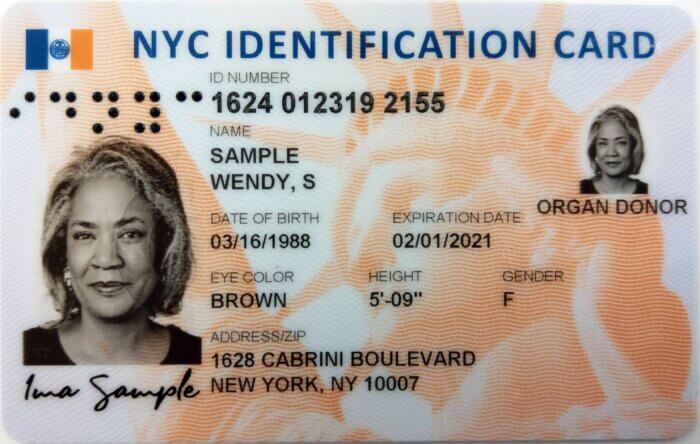
The move will also create more freedom of movement for seniors and disabled migrants among the 70,000 asylum seekers who have arrived in New York in the past year, easing their ability to travel around the city to look for work or housing.
“Over 70,000 asylum seekers have arrived in our city seeking refuge in the past year,” said Manuel Castro, commissioner of the Mayor’s Office of Immigrant Affairs. “This program will make it even more accessible for them to be able to navigate our city, to continue to look for work, to continue to look for housing, and settle in our city.”
The change in policy was recommended by the “blue ribbon” panel studying fare evasion in the subway and bus systems last month, with panelists suggesting the move would increase uptake of reduced fare benefits among the city’s populace and, by extension, reduce fare evasion, which the MTA estimates cost it $700 million in lost revenue in 2022.
The move is one of the first of the panel’s recommendations — which also includes redesigning the subway turnstile and expanding “Eagle” teams on buses — to be fully implemented, and was described on Thursday as a “no-brainer” by the MTA’s acting Chief Customer Officer, Shanifah Rieara.
The city is currently debating whether to greatly expand eligibility for half-price rides through Fair Fares. The City Council and advocates have proposed doubling income thresholds to qualify for the benefit, from 100% to 200% of the federal poverty line; that would raise eligibility from $14,580 to $29,160 in annual income for individuals, and $30,000 to $60,000 for families of four, according to the federal Department of Health and Human Services.
Mayor Eric Adams has opposed the move. The city budget is due by July 1.
